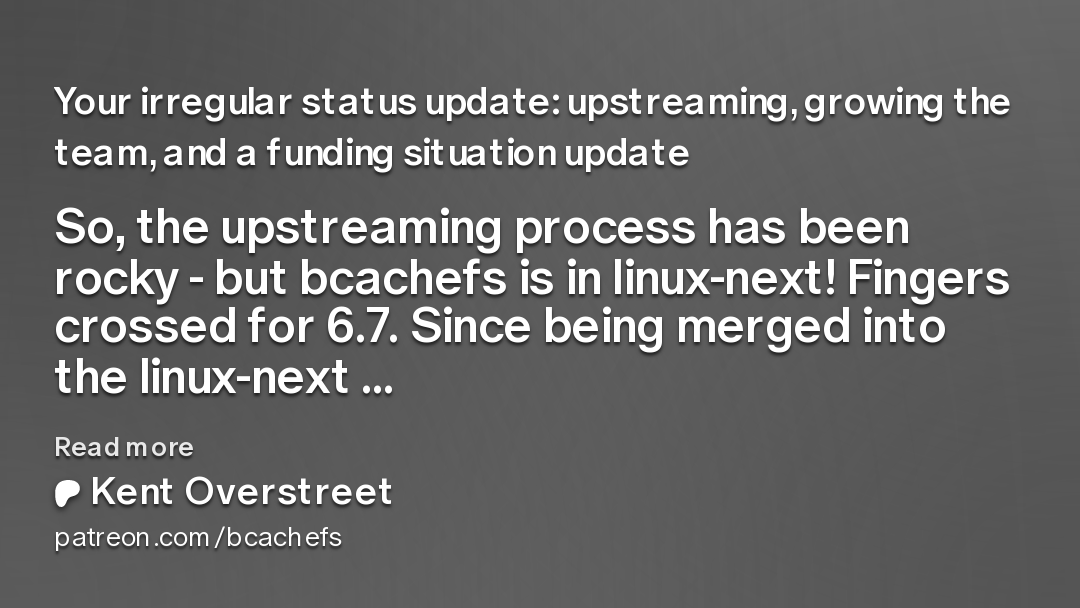

I search for stuff in qBittorrent and download it directly onto my home server using the web UI. I’ve got most of my family’s devices set up to be able to access it either via an NFS or SMB mount, and then it’s just a simple matter of opening the corresponding video in VLC.



Debian-based distros (and probably most othera as well) actually have a package called “intel-microcode” which gets updated fairly regularly.